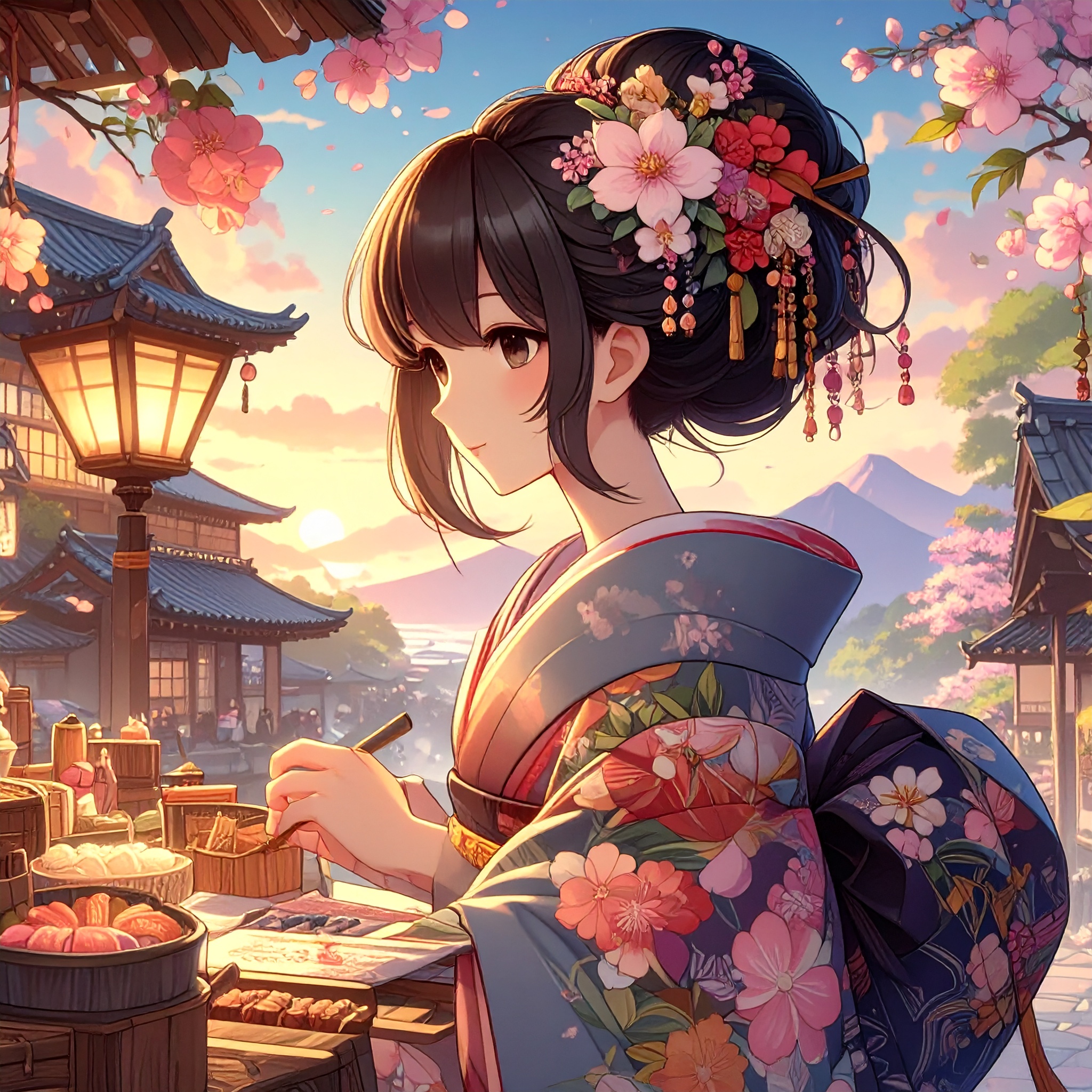In Japanese life, there are tools that dwell quietly. They are neither showy nor luxurious, yet their beauty reveals itself over time. As they are used, they begin to feel at home in the hand and gradually become part of daily life. Many of these tools are born from traditional Japanese craftsmanship—wa no teshigoto—and they are more than mere objects. At times, they seem to speak.
Each handmade item carries the skills and spirit of its maker. Wood is carved, fabric is woven, clay is kneaded, and fire is applied. These processes take time and care, but it is through this dedication that the true character of the material emerges. Strength, softness, and a quiet sense of comfort are shaped by the artisan’s hands.
Take, for example, something as simple as a wooden rice paddle. Every element—the thickness of the handle, the curve of its edge, the direction of the grain—is carefully considered. It is crafted to move naturally with the cook’s hand, to feel effortless in use. Over time, the memory of the hand and the shape of the tool become one, and it takes on the role of a singular, irreplaceable companion.
Textiles, too, have long played an essential role in Japanese handcraft. Handwoven cloth holds a subtle, organic irregularity that no machine can replicate. This gentle texture soothes the skin and softens the heart with each use. Whether it’s a dish towel, a furoshiki cloth, or a noren curtain, these fabrics are worn into the rhythms of daily life. As colors fade, they gain character—and become part of our memory.

What Japanese tools express is not limited to the life of their user. Behind each piece lies the spirit of the land, a dialogue with materials, and the wisdom and ingenuity passed down through generations. For instance, wood grown in snow-laden regions tends to be dense and slow to dry. Understanding such characteristics and crafting them into their most natural form—this is where the artisan’s skill brings the tool to life.
These handcrafted tools are never mass-produced. Each piece is slightly different; no two are ever the same. It is precisely this irregularity that gives them charm, allowing them to blend gently into the rhythm of one’s everyday life.
Such tools are also not easily thrown away when damaged. A bowl repaired with kintsugi, cloth reborn through saki-ori, a broom given new life with a fresh handle—each act of restoration adds to the object’s character, deepening the bond with its owner and writing a new chapter in its story. When an object “speaks,” it carries memory—remaining present not just in form, but in spirit.
What is made by hand naturally reaches those who use with their hands. It is not just visual beauty, but also the weight felt in the palm, the warmth of the material, the subtle sound or scent—these elements quietly enrich daily life. In such moments, even the ordinary becomes something more meaningful. This is the quiet power held within Japanese handcraft.
Tools speak—not in loud voices, but gently, calmly, close to the heart. A life shared with such tools carries a quiet reassurance. Even without showiness, they convey trust and warmth in every use.
Japanese craftsmanship is not only about technique. It embodies a way of living, a relationship with objects, and a reverence for time. All of these values are shaped into tools and delivered, silently but sincerely, into our hands.




